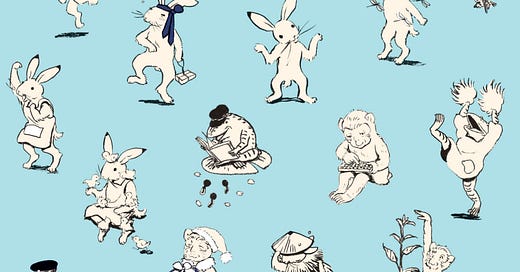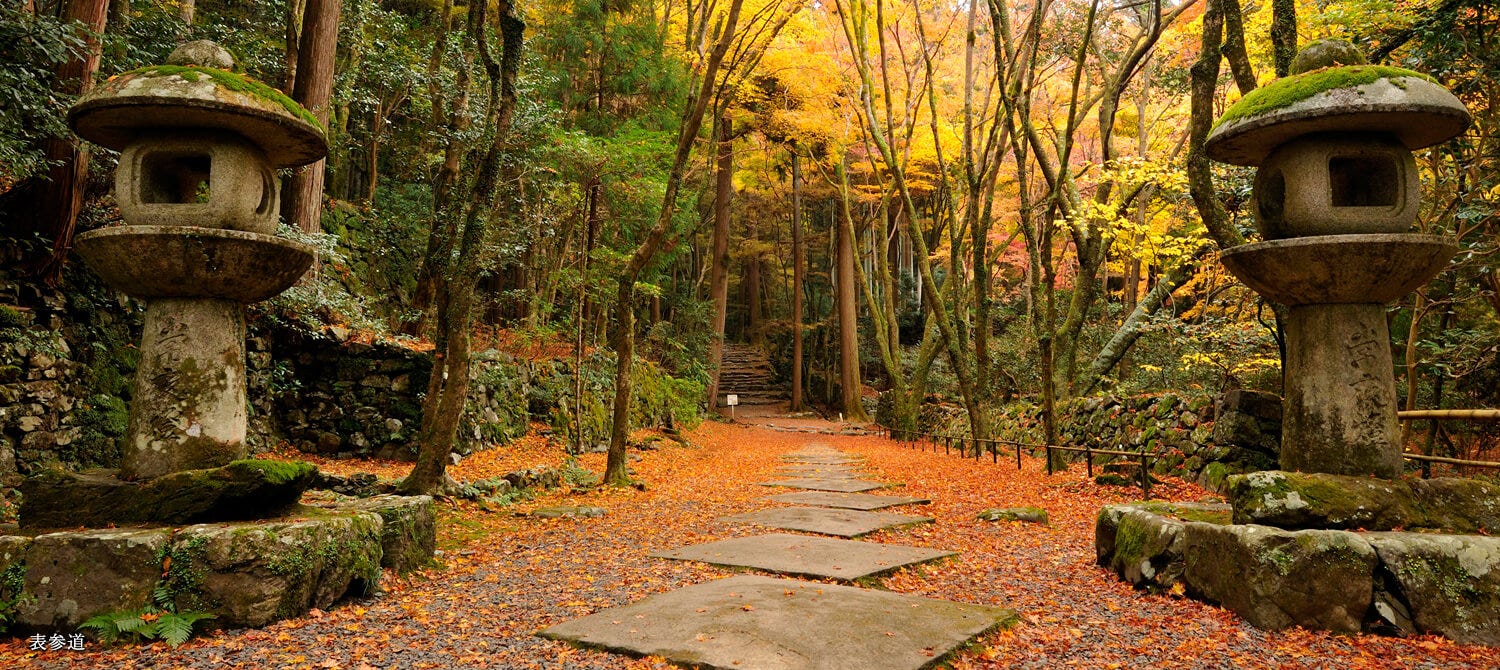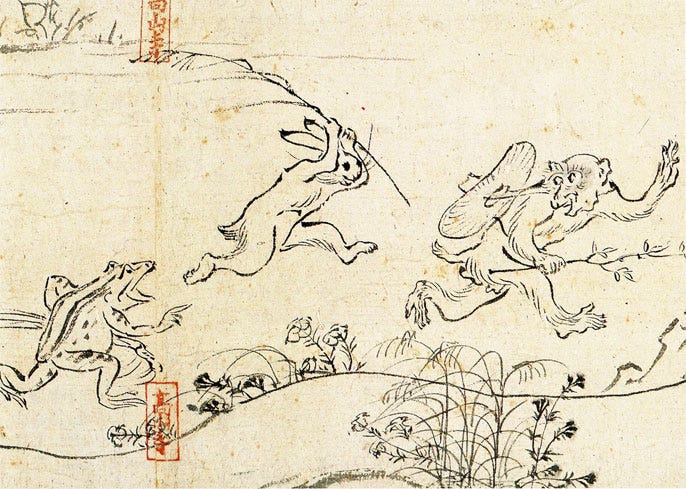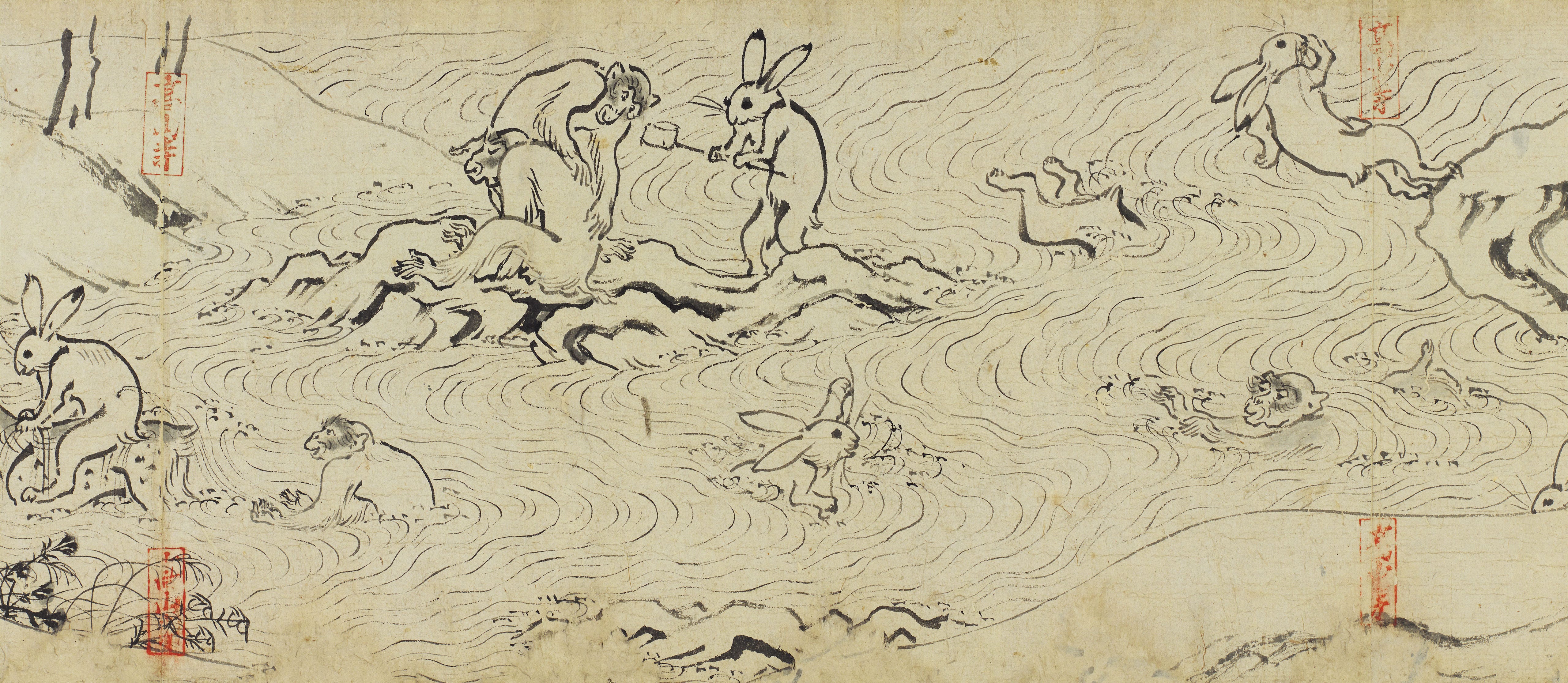Matt Alt introduces you to Giga Town
Please enjoy the introduction to "Giga Town: A Guide to Manga Iconography."
Hey everyone! This week we’re happy to bring you Matt Alt’s introduction to Giga Town: A Guide to Manga Iconography by Fumiyo Kouno, the third Mangasplaining Extra book.
When considering our titles for North American audiences, we try to think a lot about how the work will be understood and received by an audience for whom it was not originally intended. Sometimes, like with Susumu Higa’s Okinawa, that’s because of underreported socio-political issues affecting the people and setting of the work. Sometimes like with Atsushi Kaneko’s Search and Destroy, it’s to illuminate the long career of Kaneko-sensei for his first English language book in two decades, and how it related to Tezuka’s original Dororo. For Giga Town however, things were a bit more complicated, as you’ll see from Matt’s introduction. But Deb, and eventually the rest of the team, knew that it had to happen.
So here we go! Sincere thanks to Matt for this great introduction to the history behind Kouno-sensei’s funny animal characters, and so much more.
Introduction
By Matt Alt
In the archives of Kosan-ji, a temple in Kyoto, can be found a set of four illustrated scrolls that were painted nearly a thousand years ago. They are called Choju Jinbutsu Giga, which translates to something like “Caricatures of Animals and People,” and is commonly abbreviated to Choju Giga. The first two seem to have been painted sometime in the 1100s, by a monk named Toba, while the others seem to have been painted by other artists in later centuries, though details are difficult to discern so long after the fact. It is one of the single most famous and popular artworks in all of Japan, recognized by the government as a national treasure, and attracts huge crowds on the rare occasions it is loaned out to museums for exhibitions.
Scrolls sound like ancient history, but they’re actually a form of what we now call interactive entertainment -- they had to be physically unrolled to reveal the story, after all! And despite its age, the first of the Choju Giga scrolls feels particularly timeless. As the story begins, anthropomorphic rabbits and monkeys ford a river. Some swim; another prefers to ride a deer. One bunny even does a backflip into the stream. Across the waters, frogs and rabbits compete in archery competitions while foxes judge the results. Then the assembled prepare a sumptuous picnic meal. Afterwards, rabbits and frogs wrestle for fun. Finally a monkey dressed in monk’s robes offers prayers of thanks to a frog cos-playing as Buddha. It’s an eight hundred year old fantasy, yet the sequence of events wouldn’t feel out of place in a modern-day comic or cartoon.
Because of this, some have called Choju Giga the first manga. This is, in reality, something of a stretch. There is no direct connection between these scrolls, wonderful as they are, and modern manga, which emerged over the course of the 20th century through exchanges between Western cartoonists and Japanese artists. (Modern manga owes more to prewar comics like Popeye, Father Knows Best, and The Katzenjammer Kids, not to mention Disney, than it does to Toba.) Even still, in Choju Giga’s endearing imagery we can see that Japan has long had a fascination for whimsical pictures – which is what, not coincidentally, the two kanji-characters for manga literally mean.
There are many differences between Choju Giga and modern comics. Choju Giga tells a story as the scroll unrolls, but there are no panels, no sound effects, no word balloons, or even dialogue of any kind. And more to the point, there are no manpu – “manga symbols,” the iconography honed by generations of illustrated storytellers to make comics even more expressive. Manpu “speak” what can’t be easily spoken (or written) in words. Some, like the use of “ZZZ” to denote snoring, or the “speed lines” that indicate motion, were borrowed from cartoonists abroad. But many more manga symbols were developed independently in Japan, by local artists for local audiences: strategically placed beads of sweat, the cross-shaped marks used to indicate anger, and more. Manpu are a visual code for understanding the ways in which Japanese artists see and portray the world. If you’re an avid reader of manga, you may have figured many of them out for yourself already – but I suspect the nuances of others might surprise.
It’s easy to forget that once, not so very long ago, Japan’s manga were so unknown to English-speaking audiences that we needed a book simply to explain their existence to us: Frederik Schodt’s highly recommended history, the 1983 opus Manga! Manga! The World of Japanese Comics (Kodansha). Back then it was a rare treat to find a manga of any kind in the English language. Today things are different. Translated manga are everywhere, in bookstores and online apps, released almost simultaneously with their Japanese counterparts. This makes manga more than just entertainment. They have become a sort of shared language between Japan and the world.

Japan’s manga export industry represents a massive moneymaker – more than ten billion USD as of this writing. Manga regularly top bestseller lists in America and abroad. And the anime adaptations of them can be massively popular as well. Did you know that Demon Slayer: Kimetsu no Yaiba – The Movie: Mugen Train, based on the hit manga Demon Slayer, was the top-grossing film at the box office in 2021 – not just in Japan, but globally?
Yet despite this incredible interest in Japan’s illustrated entertainment around the world, to date there has never been a guide to manpu published for English-speaking readers. Giga Town: A Guide to Manga Iconography! corrects this hole in the literature. There is perhaps no one more suited to guide us than Fumiyo Kono, the talented manga artist who created the global hit manga, later turned into a celebrated anime, In This Corner of the World. And what better way to introduce the conventions of Japanese manga than by using the characters from that proto-manga of sorts, the Choju Giga scrolls of old? In these pages, Toba’s famed rabbits, frogs, and monkeys get another chance to entertain and educate. Centuries have passed since they were first put to paper, but they’re just as charming today.
This is what makes Giga Town such essential reading for fans of manga and anime. Like manga as an artform, the book you hold in your hands is so much more than a series of pictures on paper. It’s a bridge between cultures, a tool for bringing readers of manga all over the world closer together. I like to imagine that Toba himself would have been proud to see the whimsical characters that he created serving as ambassadors of his nation’s artistic heritage, crossing the oceans like those anthropomorphic rabbits, frogs, and monkeys crossed the river in the very first scene of Choju Giga, almost a millennium ago.
Matt Alt is a Tokyo-based writer, translator, and reporter. He is a contributor to The New Yorker online, CNN, Wired, Slate, The Independent, Newsweek Japan, The Japan Times, and many other publications, and is the author of 6 books about Japan including Pure Invention: How Japan Made The World.
You can find him online at his Youtube Channel, or at his very own Substack:
Giga Town: A Guide to Manga Iconography
By Fumiyo Kouno
$12.99, 132 Pages, B&W, 6x8
ISBN: 978-1772943085
Diamond: JUL242212
Buy it:
UDON Store | Amazon.com | Barnes and Noble | The Beguiling (Toronto)
Or Find a Comic Shop Near You
Reviewers: Giga Town: A Guide to Manga Iconography is currently available on NetGalley by request. Reviews would really help us out, so please consider reviewing this book! :D
Giga Town: The Guide To Manga Iconography - Read it on NetGalley










